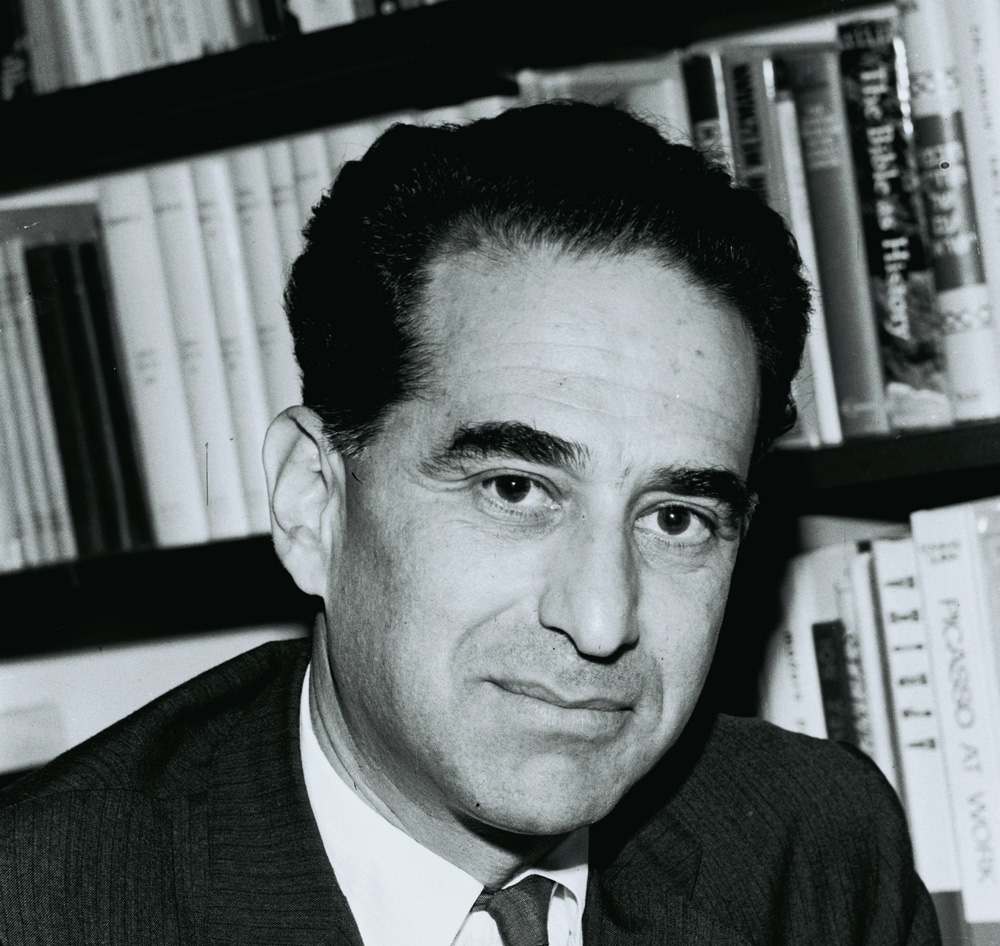
Amos was born in Jerusalem in 1926 and studied at the Balfour High School in Tel Aviv. He received his M.Sc. degree at the Hebrew University of Jerusalem. During the War of Independence he served with a group of students in “Chemed”, the Science Corps of the Israel Defense Forces. Some members of this group were later sent to complete their education in leading academic institutes abroad, and Amos went to the ETH in Zurich where he received the Dr. degree. He continued his post-doctoral training in Princeton and MIT and became well known in the nuclear physics community. This is attested by the many invitations to lecture in international conferences he received in this early stage of his scientific career.
Meir Weissgal, who established the Weizmann Institute, invited all members of the group mentioned above to form the new department of Nuclear Physics with Amos as its head. Started in the spring of 1954, it became one of the pivotal units in the Institute and gained international renown. Under the leadership of Amos, the Nuclear Physics Department was the first to adopt the American system in which the department head is the first among equals. All other departments at the Institute followed this example. In 1960, Amos was appointed Scientific Director of the Weizmann Institute and then Director General. In 1963, he was elected to the Israel Academy of Sciences and Humanities and in 1969 became an Honorary Member of the American Academy of Arts and Sciences. As a result of his research on the Nuclear Shell Model, Amos was awarded jointly with his colleague Prof. Igal Talmi, the Israel Prize in the Exact Sciences (1965). Amos was appointed a visiting professor at the Hebrew University, Stanford University and MIT. His two books - The Nuclear Shell Model written with Igal Talmi and Theoretical Nuclear Physics (two volumes) written with Herman Feshbach are standard reference books in the field.
Amos was very much interested in education and during the last years of his life, he devoted himself, among other things, to the advancement of science teaching. He supervised changes in teaching methods and curricula, and, in 1968, established and served as first Head of the Science Teaching Department at the Weizmann Institute. He also took an active part in planning the summer school for undergraduate science students which bears his name.
Amos’ influence on the development of science and its application went far beyond the Weizmann Institute. He served as a consultant to the Israeli Ministry of Defense, had a leading role in the establishment of the scientific relations between Israel and Germany, and initiated the planning and the creation of the science-based industrial park next door to the Weizmann Institute.
More biographical material on Amos de Shalit, his contributions to science, his impact on the Weizmann Institute, and more, can be found in a special volume of “Tehuda” 37, August 2019 (in Hebrew), dedicated to his memory on the fiftieth anniversary of his death.
In 1969, Amos died after a short illness. He was only 43. He left behind him a legacy of great achievements in science and science education, and most of the programs he began have been brought to fruition by his colleagues and disciples.
